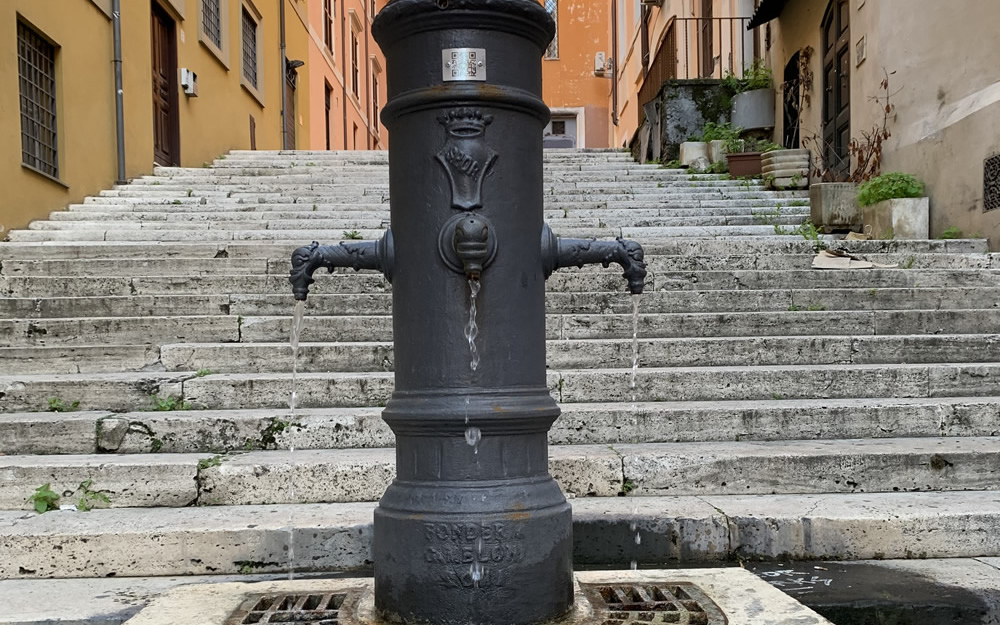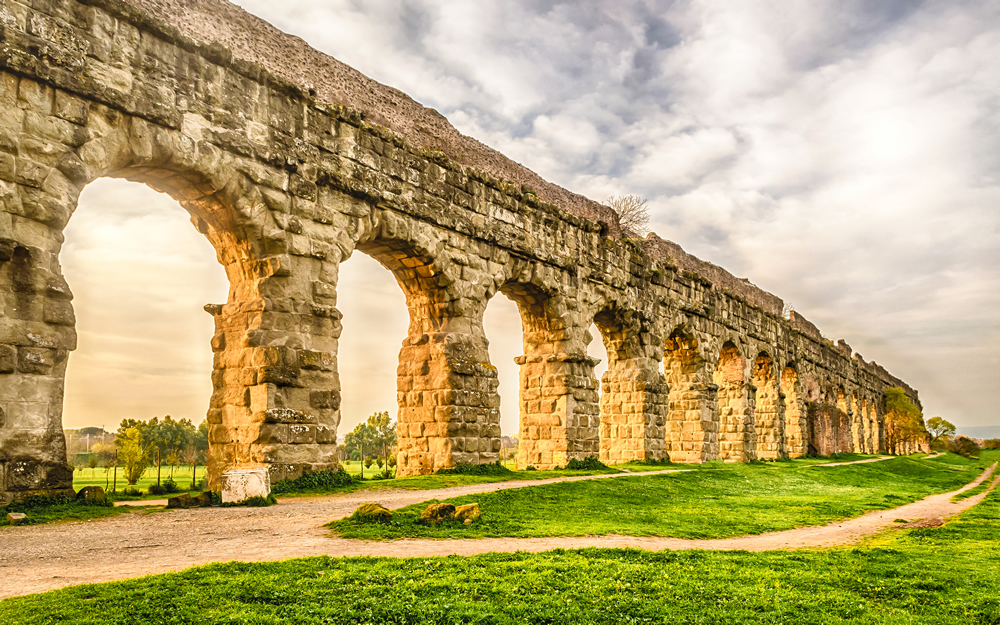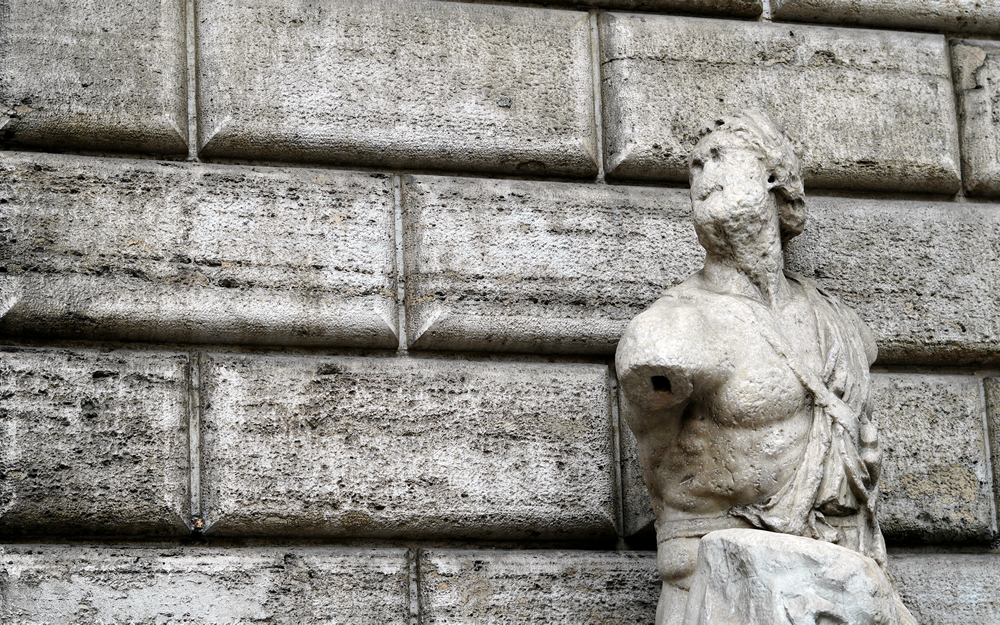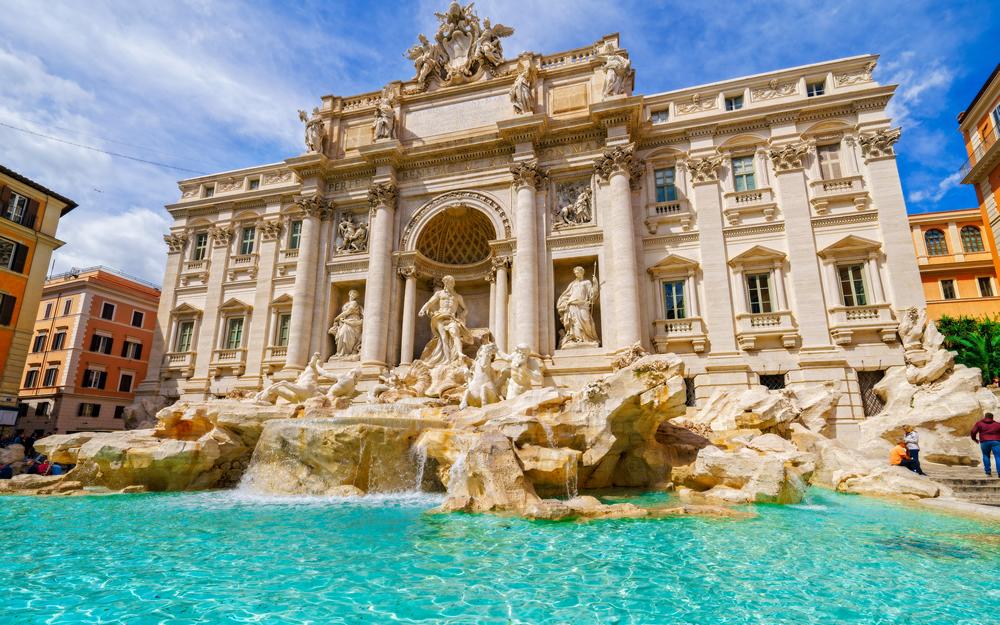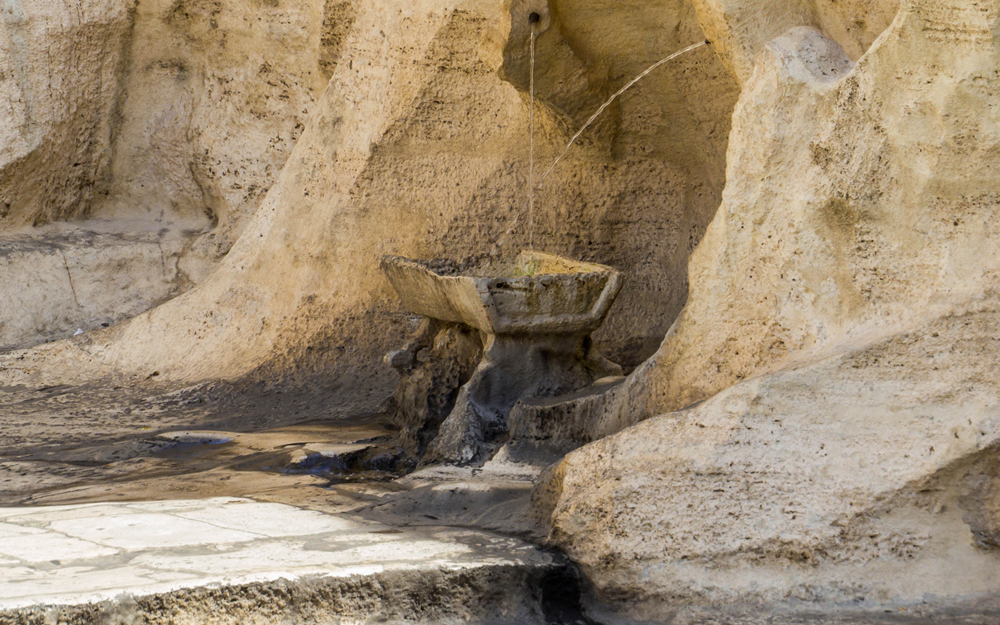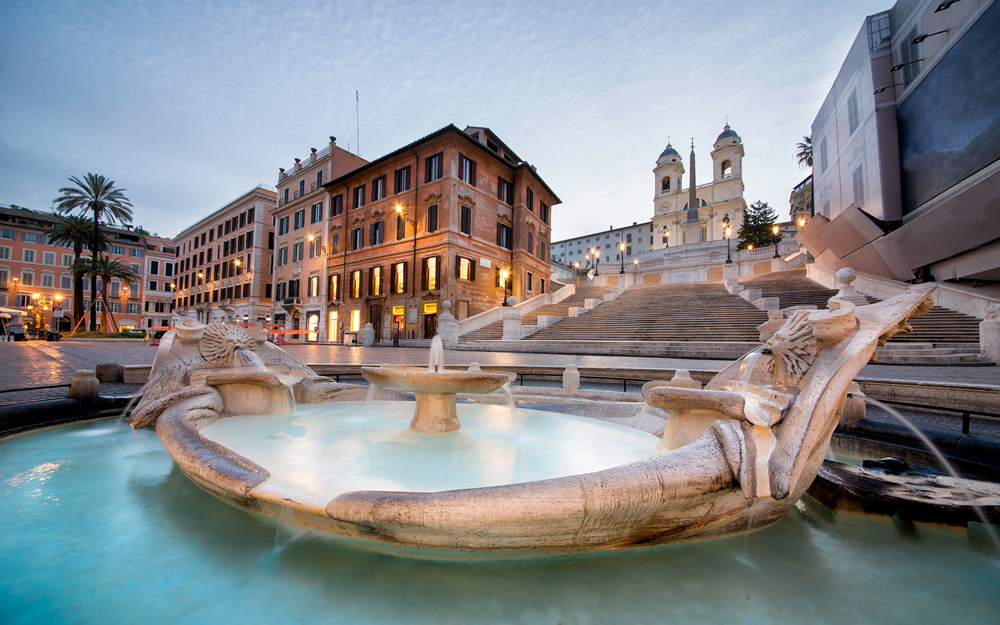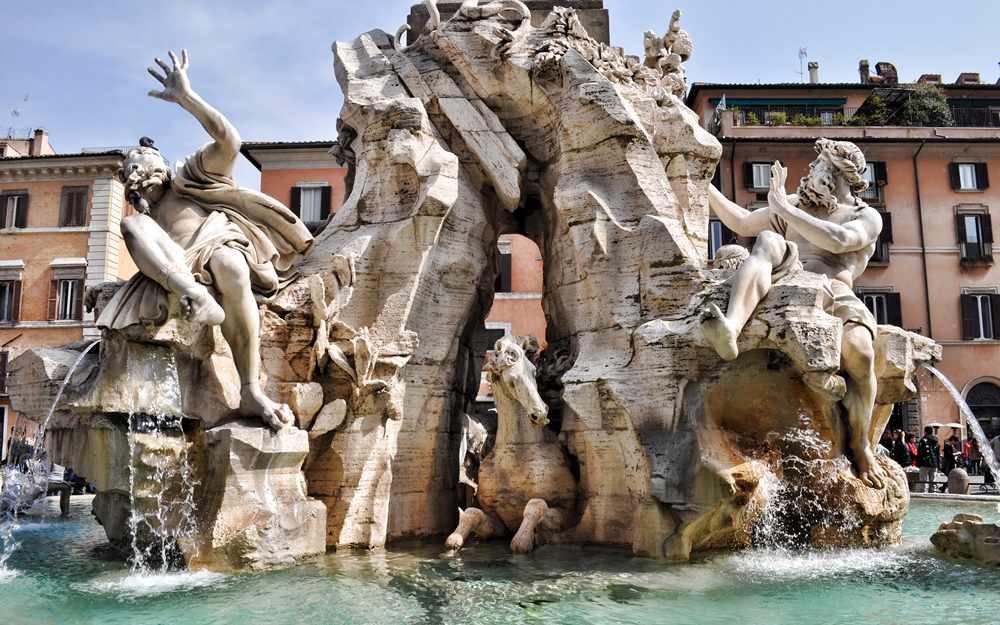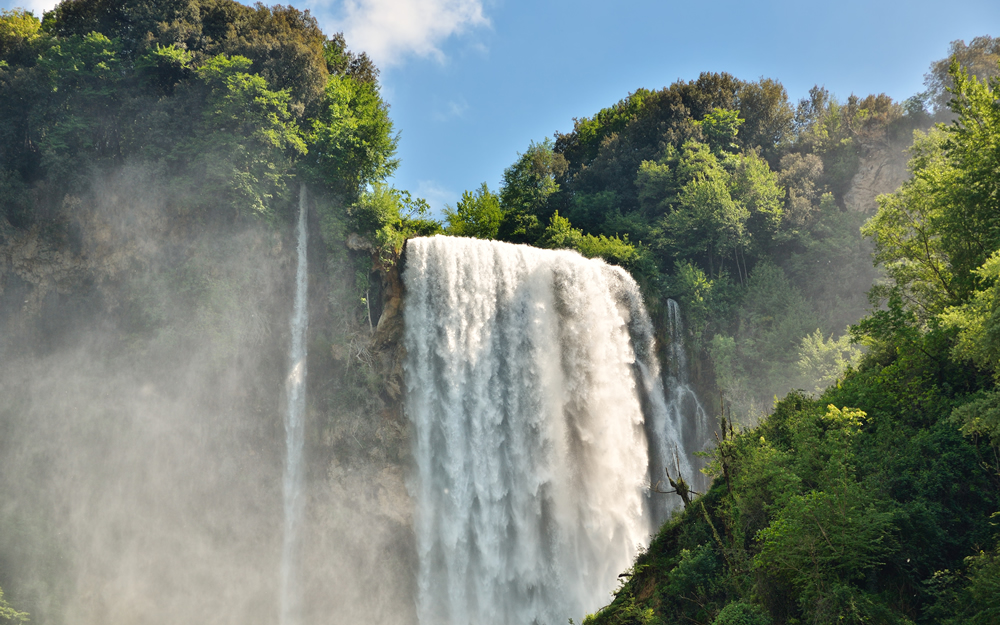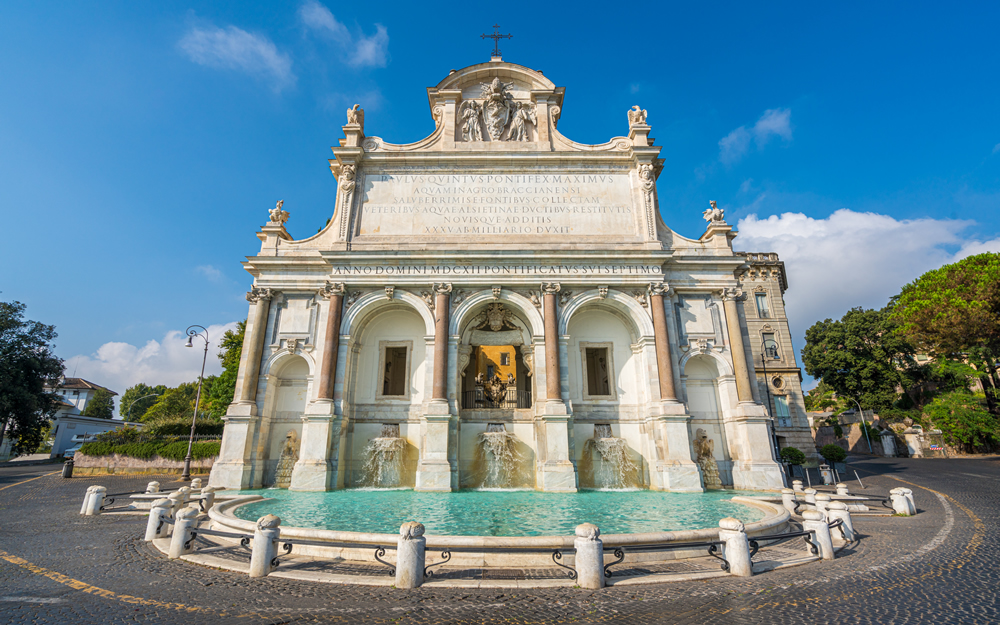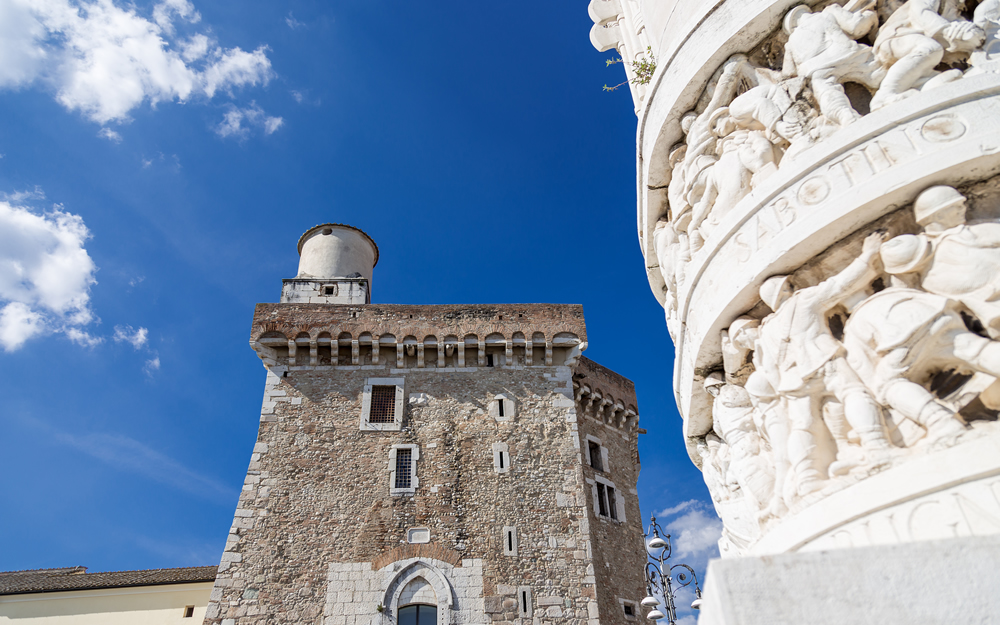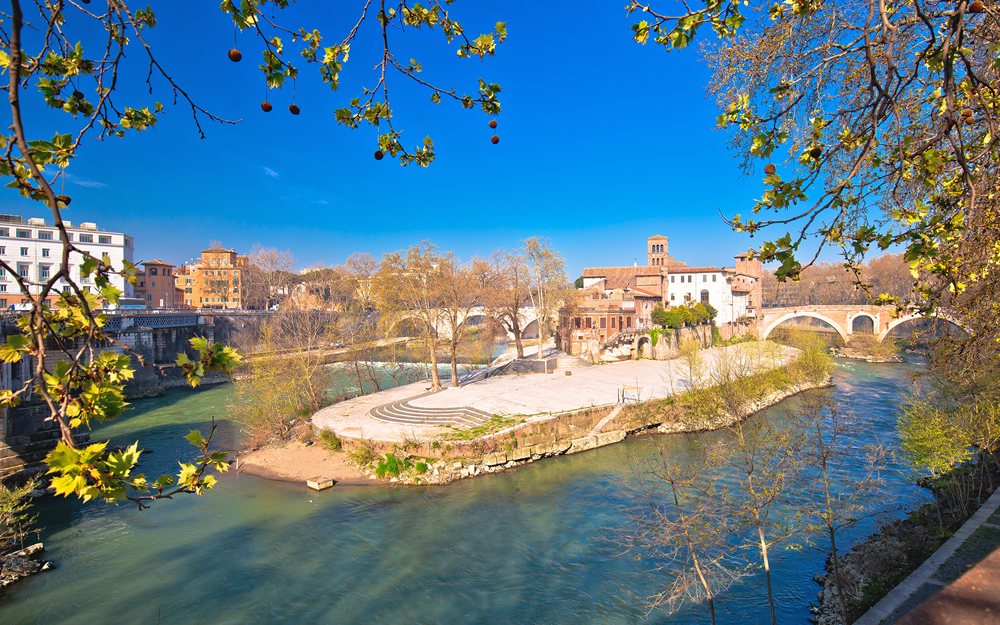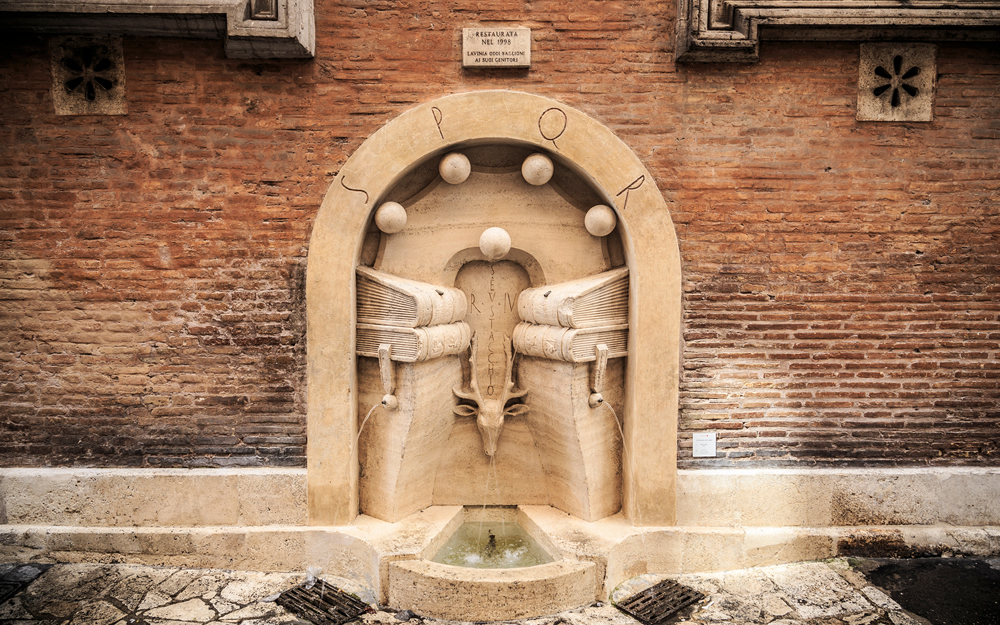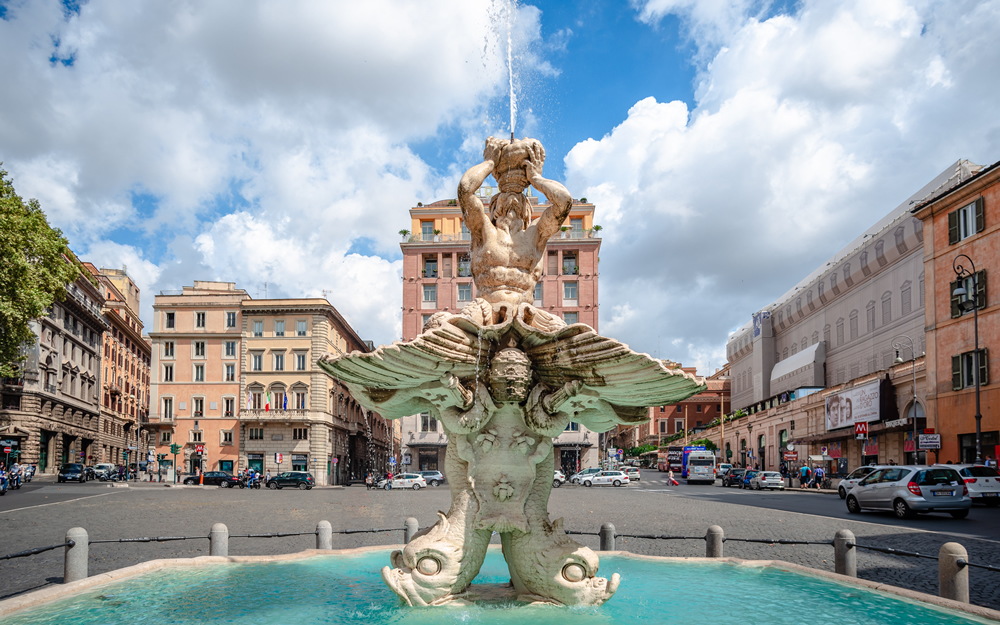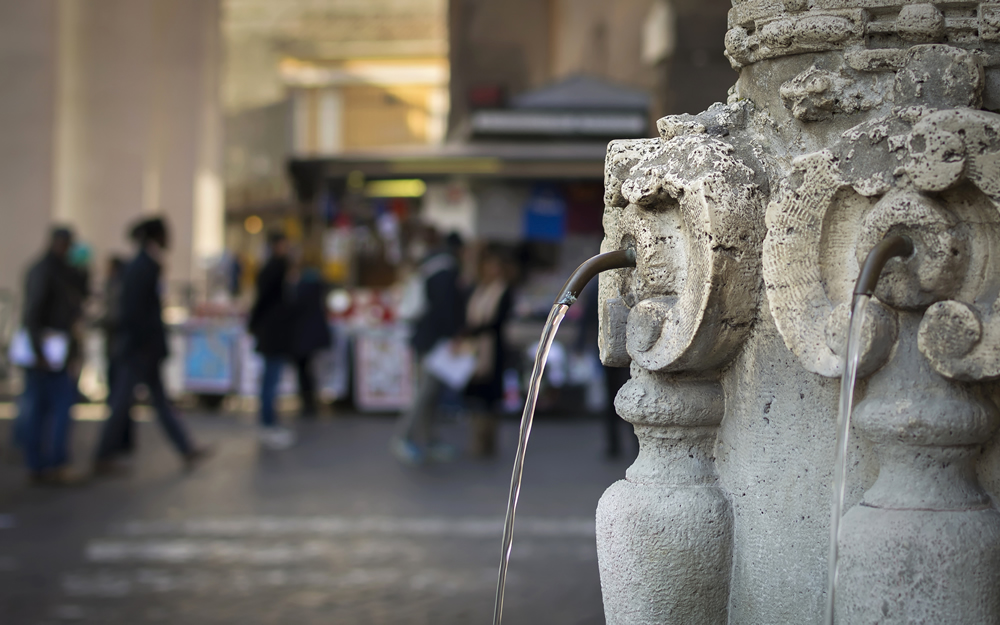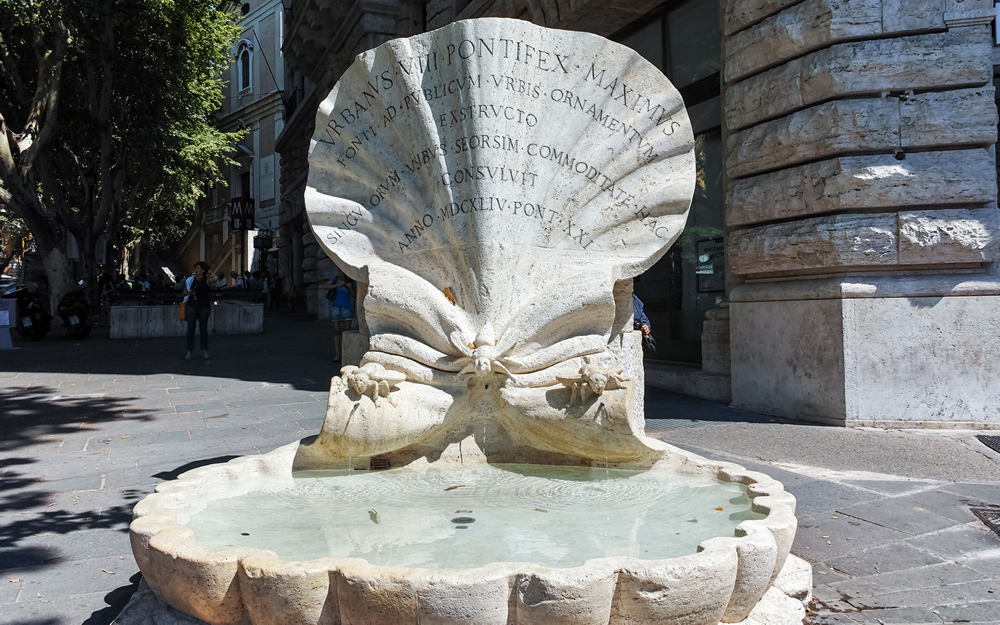- Home /
- Voice from the city /
- The Regional Park of the Appian Way: history, itineraries and how to get there
The Regional Park of the Appian Way: history, itineraries and how to get there
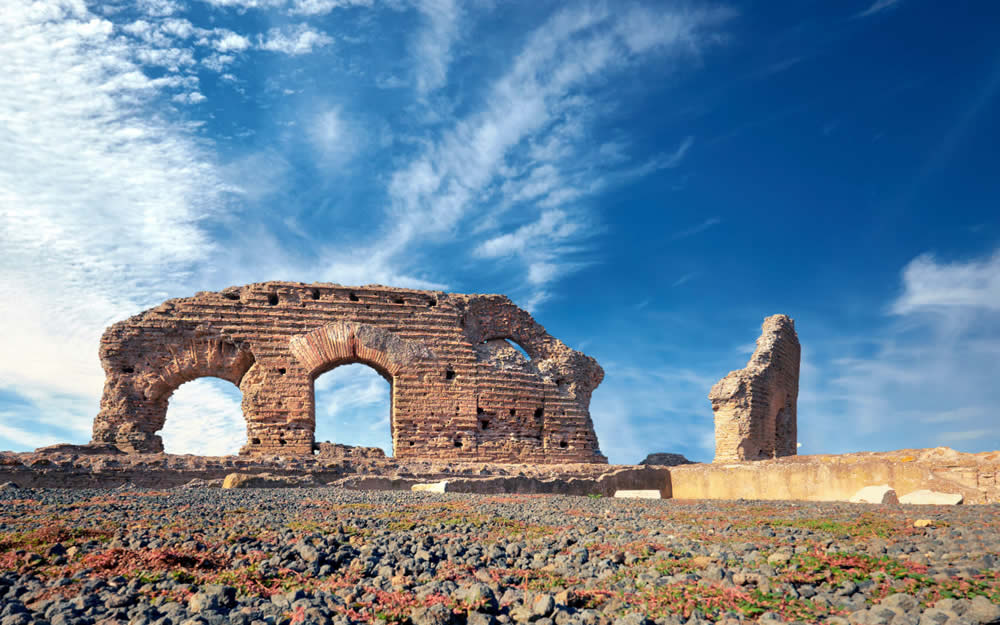
After visiting the Felice Aqueduct in the Park of the Aqueducts, Acea Waidy Wow's journey takes us to the Regional Park of the Appian Way, a wonderful protected area located in the Italian capital. The park stretches for almost 80 km from Rome to Bracciano, in Lazio, an oasis of natural and cultural beauty, with a rich history and an important presence of archaeological remains.
The park is a popular destination for hikers, cyclists, and anyone who wants to enjoy an outdoor walk. It has been the home of numerous species of water and land birds, mammals, and reptiles that can still be admired today. The flora is characterized by conifers, oaks and lindens, holm oaks, pines, reeds, and a rich variety of wildflowers and plants.
This place also boasts a rich cultural heritage: its main path, the Appian Way, is a historic road that connects Rome to Bracciano and dates back to the 3rd century BC. Along the way, it is possible to admire numerous imperial tombs, monuments, and archaeological remains. A magical place for its numerous pagan temples, ancient sanctuaries, and Roman houses.
In short, an unmissable destination and an unforgettable experience, both for its natural and cultural aspects.
History and curiosities about the Appian Way Park
The Regional Park of Appian Way is an area located in the southeast of Rome and includes the remains of the most important Roman roads.
The Appian Way, inaugurated in 312 BC, was the first systematically built road in Italy: it connected Rome with Campania and was used as the main route for transportation until the medieval period. This area includes a series of spectacular archaeological sites, such as the Tomb of Cecilia Metella, the Mausoleum of Cecilia Metella, the remains of the Villa of Massenzio, the ancient tombs of the Cenci, and the Circus of Maxentius.
The park was created in 1988 to protect these sites and preserve their history. It is managed by the Lazio Region and the Archaeological Superintendent of Rome, who are responsible for conservation, awareness, and the organization of cultural events.
The Appian Way Nature Reserve, which is located inside the park, is a protected area that hosts different plant and animal species. It is an important centre for environmental education, with programs and projects aimed at schools and activities to raise children's awareness of the environment. It is the ideal place to spend a day outdoors, with its hiking trails, lakes, fountains, fruit trees, and recreational areas, perfect for cycling and outdoor activities.
An area of great historical and cultural interest, a unique testimony to the grandeur of Imperial Rome and a place of rest and entertainment for all, where you can spend pleasant hours appreciating history and nature.
Appian Way Itineraries: the most beautiful routes
This tourist destination is loved for its itineraries and paths rich in history and charm. Inside the park, it is possible to admire a vast area with buildings from different periods, archaeological remains, and natural treasures.
What to see on Appian Way?
The itineraries and routes of the Appian Way Regional Park offer visitors an extraordinary opportunity to learn about Roman history and culture. They can walk along ancient roads that lead to major archaeological sites, such as the Catacombs of San Callisto, and admire the natural landscape, characterized by lakes, forests, and gardens.
One of the most popular routes leads to the famous Porta San Sebastiano, one of the gates of the ancient Roman wall. The route also includes the Baths of Caracalla, a thermal complex built in the 3rd century AD, and the Circus of Maxentius, one of the largest Roman circuses.
Another popular itinerary leads to the Villa of the Quintili, a large Roman villa dating back to the 2nd century AD, which offers an excellent view of the surrounding countryside. Visitors can also admire the House of Livia, a villa belonging to the wife of Augustus, and the ruins of the Flavian Amphitheatre, one of the largest of the Roman era.
With its historical and cultural richness, the Appian Way Regional Park is an extraordinary destination for a day trip, to spend time with family, go for a run, or even engage in a plogging session.
How to get to the Appian Way Park
To reach the Appian Way Regional Park from Rome and travel by public transportation, it is necessary to take Metro A to the Colli Albani, stop and then take the bus that stops a few steps from the entrance, or get off at the Numidio Quadrato metro stop on the B line. From there, it is possible to take bus 616, which takes you directly to the park in about 15 minutes. It is also possible to arrive by regional train from Termini to Ciampino, which stops near the main entrance.
If you want to take a walk, you can cross the Appian Way by bike or choose sustainable mobility options, or simply spend some pleasant time walking through the streets of Rome.



